Outdoor Fireplace How To
Building an outdoor fireplace can transform your backyard into a warm, inviting space, perfect for cozy gatherings or enjoying chilly evenings. An outdoor fireplace serves as both a functional feature and an aesthetic focal point, blending architecture and nature. When planning to build one, it’s crucial to start with a well-thought-out design that considers your space, the type of fireplace you want, and any local building codes or regulations. You should decide whether you want a wood-burning or gas fireplace, as both options offer different experiences and require different installation methods. Wood-burning fireplaces provide a traditional feel with crackling logs and smoke, while gas fireplaces offer ease of use with cleaner burns and fewer maintenance needs. Either way, you’ll need to ensure your design fits with the overall style of your yard and complements the space where it will be installed.
/NordbyDesign-5a1ca4bb494ec9003703ca6c.jpg)
Once you have a design in mind, it’s time to gather the materials and prepare the site. If you’re building a masonry fireplace, common materials include firebrick for the inner lining, refractory mortar for heat resistance, concrete for the base, and stones, bricks, or blocks for the outer structure. It’s essential to select high-quality, heat-resistant materials to ensure the longevity of your fireplace. Start by excavating the ground where the fireplace will be built, typically at least 6-12 inches deep, depending on your area’s frost line. The fireplace foundation should be level and strong, with concrete poured into the base to create a solid footing. After the concrete cures, you can begin constructing the structure by laying the firebox, which will hold and contain the fire, using firebricks and refractory mortar. Make sure the firebox is deep and wide enough to accommodate your intended fire size while allowing proper air circulation for combustion.
/GettyImages-470894975-4abeaedb84074b58953c57dd87eb1588.jpg)
With the firebox in place, the next stage is building the chimney. A chimney is essential for venting smoke and gases safely out of the fireplace and away from the surrounding area. In outdoor fireplaces, chimneys can vary in height and design, but they must be built to proper safety standards to avoid any issues with smoke dispersal or accidental fires. Lay bricks or blocks to construct the chimney above the firebox, and ensure that the flue—the interior lining of the chimney—is adequately sized for the fireplace opening to ensure efficient drafting. The chimney should be sturdy and well-supported, so it doesn’t lean or collapse under heat or pressure. You may also want to incorporate a damper, which can control the flow of air and smoke through the chimney. Installing a chimney cap at the top can prevent rain, debris, and animals from entering the flue.
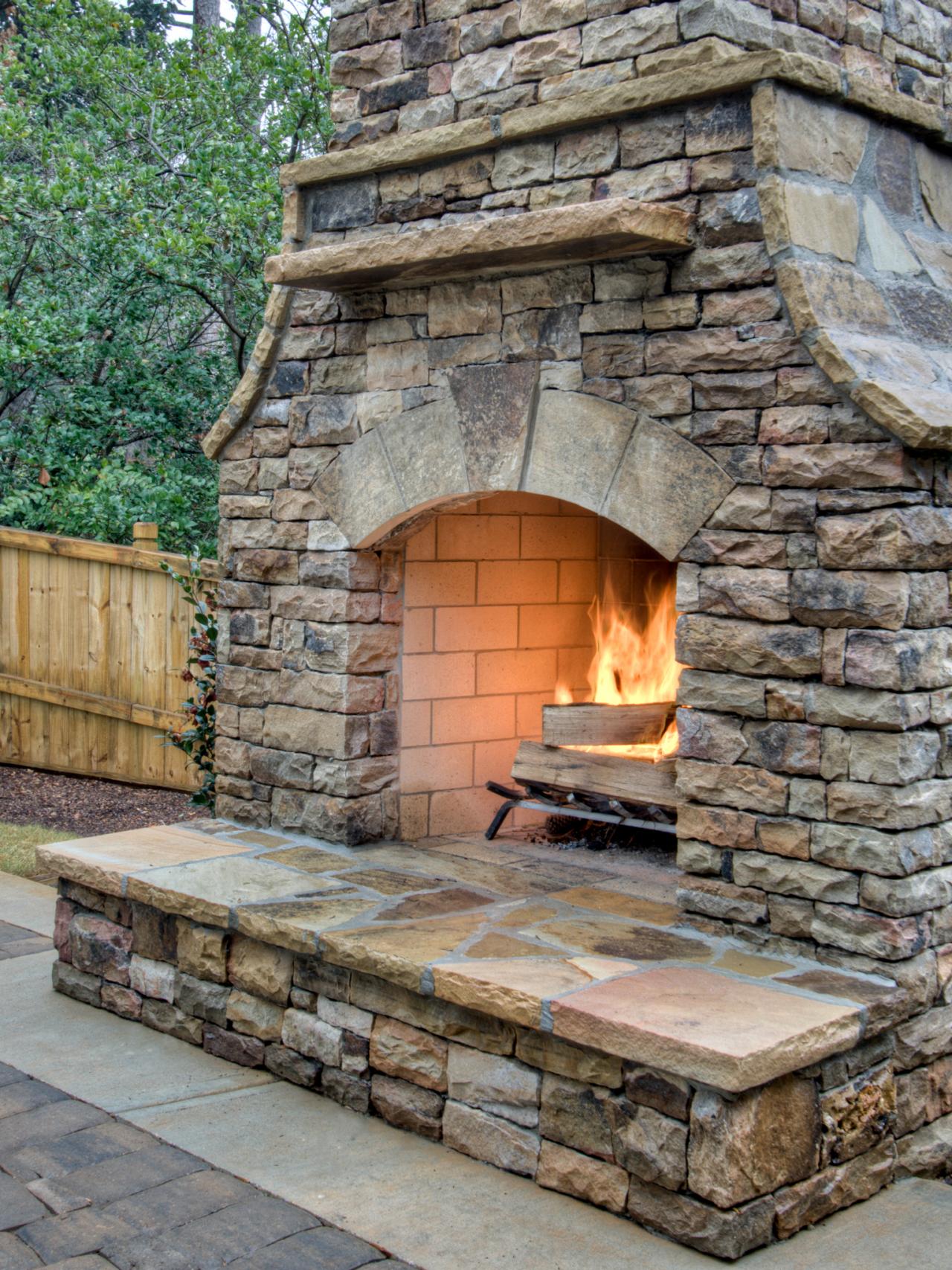
Finally, after the structure is complete, consider the finishing touches that will make your outdoor fireplace an integral part of your backyard oasis. Many homeowners choose to add a hearth, which can be a ledge or bench around the base of the fireplace, providing extra seating or a spot to place firewood or decorations. Finishing materials for the exterior of the fireplace might include stone, stucco, or brick, depending on the look you’re going for. Landscaping around the fireplace can enhance the area’s appeal—think about adding plants, lighting, or seating arrangements to make the space more inviting. Safety is also a priority, so ensure that the area around the fireplace is free from flammable materials, such as low-hanging branches or wooden furniture, and always use a fire screen if you’re working with a wood-burning fireplace. With proper planning and attention to detail, an outdoor fireplace can become the heart of your outdoor living space, offering warmth, ambiance, and beauty for years to come.
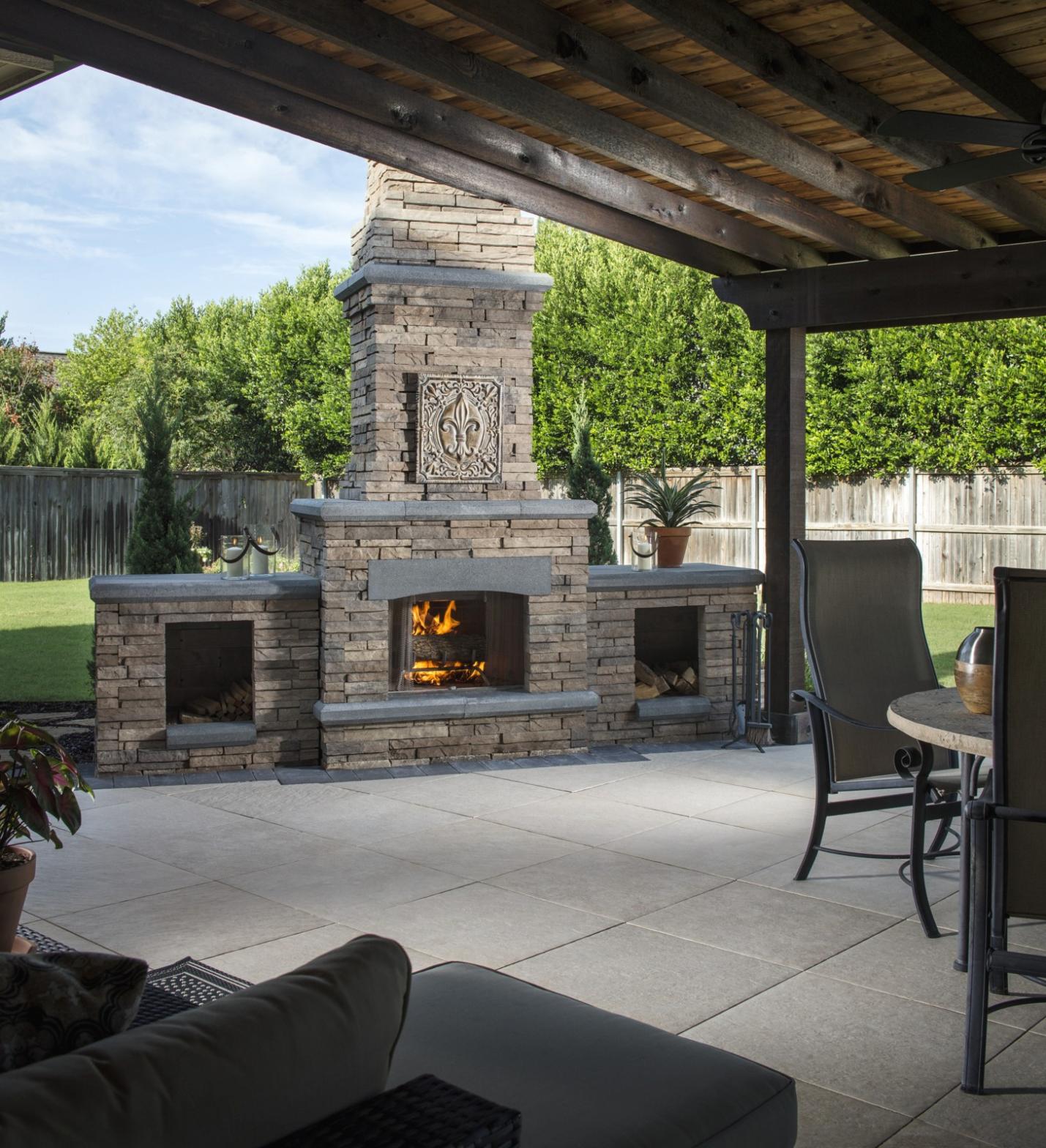
Supersized Outdoor Fireplace with Boston Blend – Stoneyard®
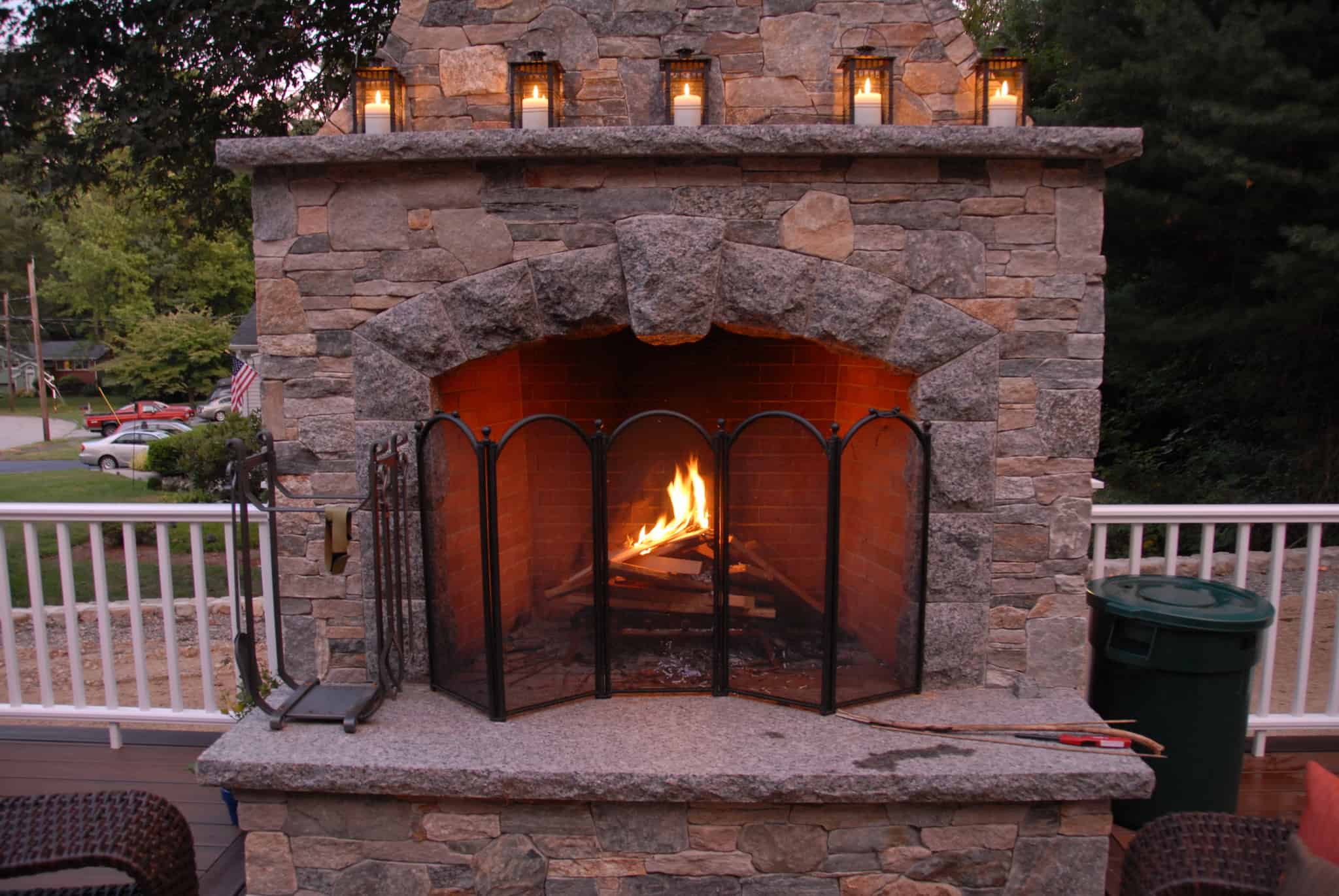
Outdoor Fire Places Lee Building Products

Luxury kits delivered to your door Outdoor fireplace kits, Diy outdoor fireplace, Fireplace kits

Outdoor Fieldstone Fireplace – Fireplace Guide by Linda
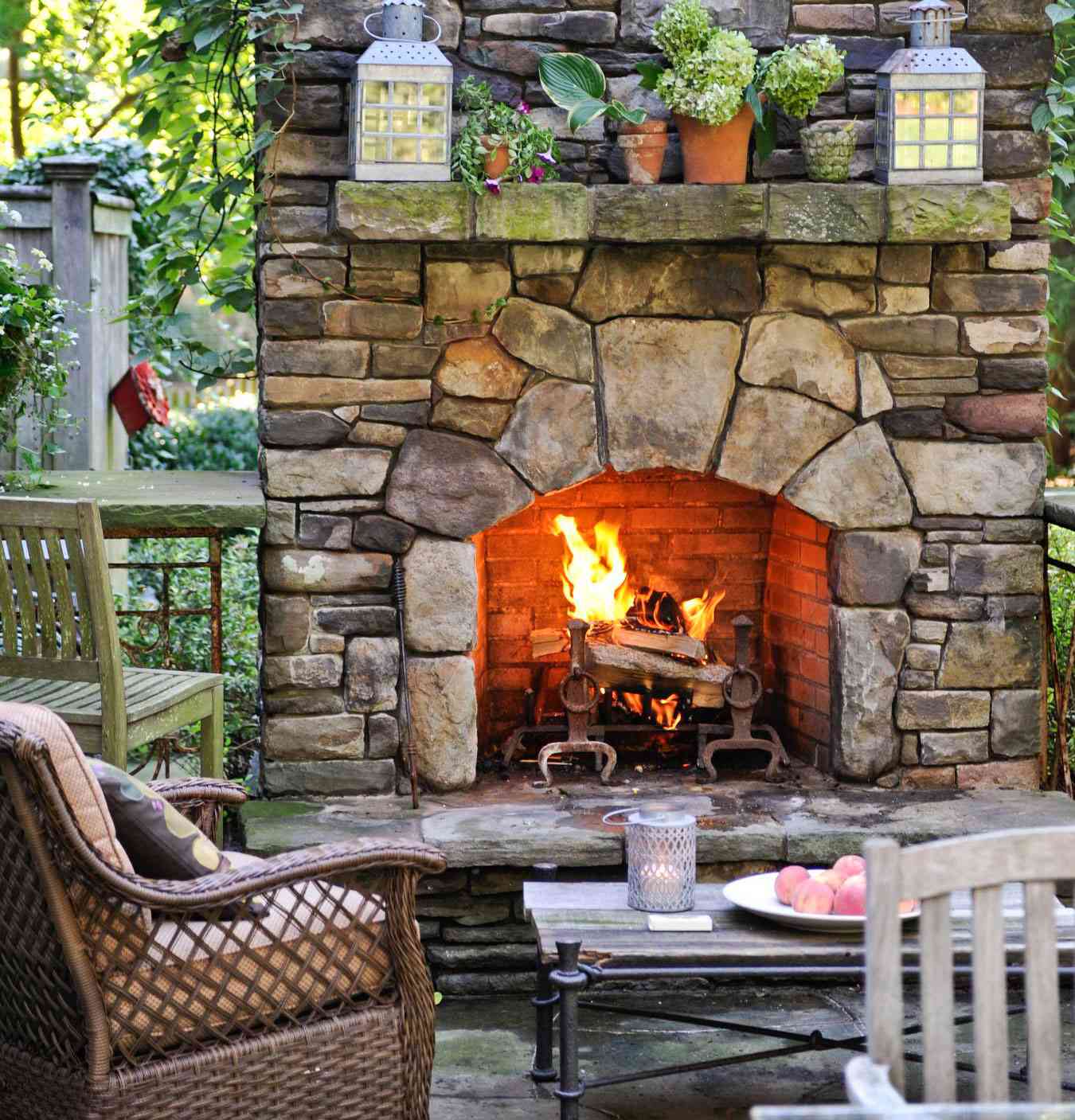
New Outdoor Patio Corner Fireplace: Stay Cozy This Winter!
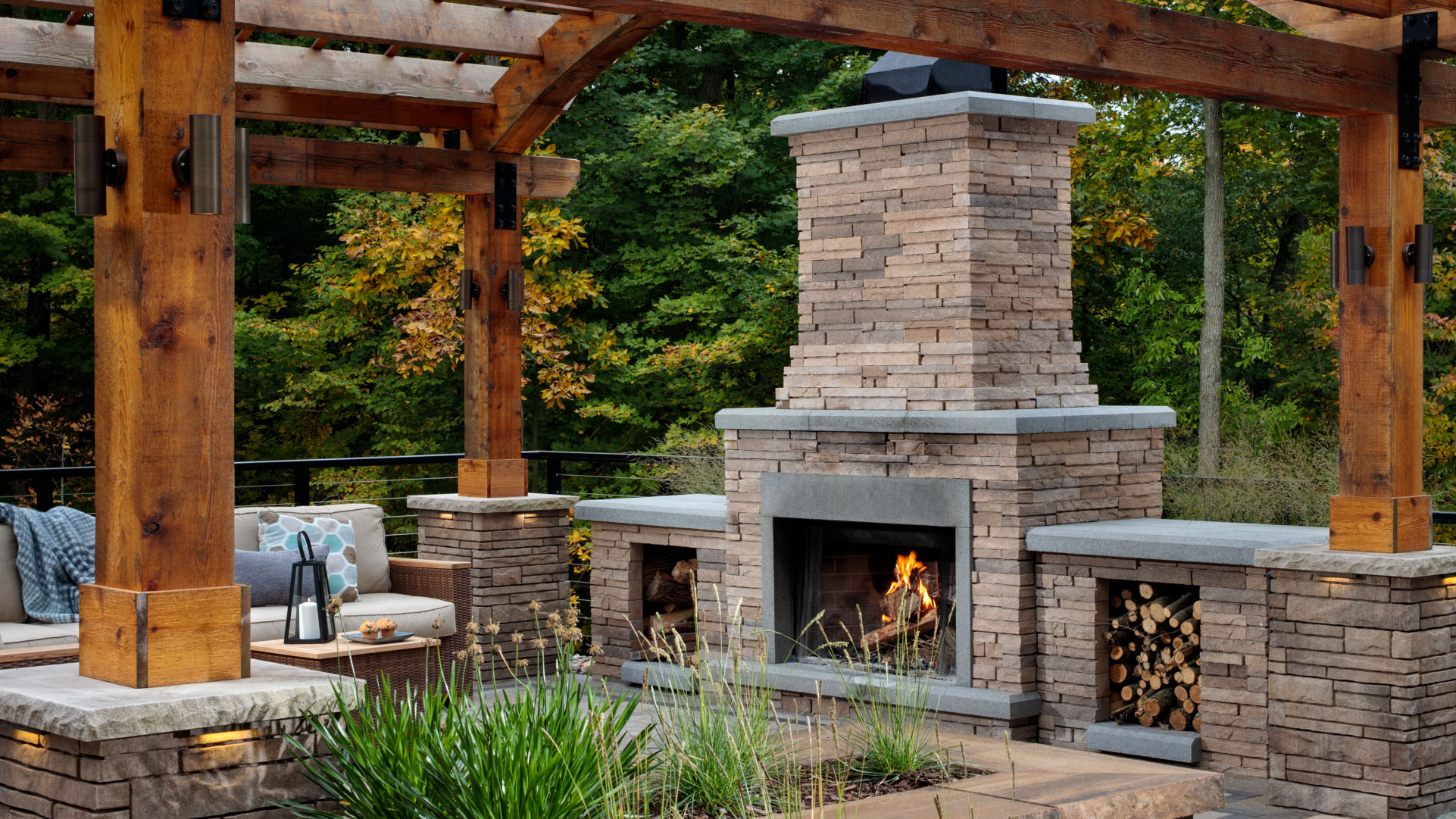
47 Unique Outdoor Fireplace Design Ideas

30 Perfect Outdoor Fireplace Pictures CreativeFan

Outdoor Fireplaces – Paradise Restored Landscaping

Related Posts:
- Outdoor Fireplace and Patio Designs
- Outdoor Fireplace Gifts
- Outdoor Fireplace Damper
- Necessories Compact Outdoor Fireplace
- Outdoor Fireplace Gas Starter
- Terracotta Outdoor Fireplace
- Outdoor Gas Fireplace Kits
- Outdoor Fireplace Hearth
- Outdoor Fireplace Frame
- Indoor Outdoor Fireplaces Gas
Designing and installing an outdoor fireplace can be a fantastic addition to your backyard, providing warmth, ambiance, and a focal point for gatherings with family and friends. Whether you’re looking to create a cozy retreat for yourself or enhance your outdoor entertaining space, a well-designed fireplace can elevate your outdoor living experience. In this guide, we will discuss the benefits of having an outdoor fireplace, the pros and cons to consider before installation, common mistakes to avoid, and frequently asked questions related to outdoor fireplaces.
Benefits:
One of the key benefits of having an outdoor fireplace is that it extends the usability of your outdoor space throughout the year. With a fireplace, you can enjoy your patio or backyard even in colder months, creating a cozy atmosphere for gatherings or relaxation. Additionally, an outdoor fireplace can serve as a focal point for your outdoor living area, adding visual interest and character to your space. It can also increase the value of your home by enhancing its appeal and desirability to potential buyers.
Another benefit of having an outdoor fireplace is that it provides a natural gathering spot for family and friends. Whether you’re hosting a barbecue or simply enjoying a quiet evening outdoors, a fireplace creates a warm and inviting atmosphere that encourages conversation and camaraderie. It can also be used for cooking, such as roasting marshmallows or making s’mores, adding to the fun and enjoyment of outdoor living.
Pros and Cons:
Before deciding to install an outdoor fireplace, it’s important to consider both the pros and cons associated with this feature. One of the main pros is the aesthetic appeal that an outdoor fireplace adds to your backyard. It can enhance the overall look of your outdoor space and create a welcoming environment for relaxation and entertainment. Additionally, fireplaces can provide warmth during cooler evenings, allowing you to extend your time outdoors.
However, there are also some cons to consider when installing an outdoor fireplace. One potential drawback is the cost involved in designing and building a fireplace. Depending on the size, materials, and complexity of the design, outdoor fireplaces can be expensive to install. Another consideration is maintenance – fireplaces require regular cleaning and upkeep to ensure they function safely and efficiently. Additionally, some municipalities may have regulations or restrictions on outdoor fireplaces due to safety concerns.
Common Mistakes to Avoid:
When designing and installing an outdoor fireplace, there are several common mistakes that homeowners should avoid. One mistake is choosing the wrong location for the fireplace – it should be placed away from any flammable materials or structures to prevent accidents. Another mistake is neglecting proper ventilation – fireplaces should have adequate airflow to prevent smoke buildup and ensure safe operation.
Another common mistake is failing to consider the scale of the fireplace in relation to the size of your outdoor space. A fireplace that is too large or too small can look out of place and detract from the overall design aesthetic. Additionally, it’s important to use appropriate materials for your fireplace that are durable and weather-resistant to withstand exposure to the elements.
Can I use my indoor fireplace design for my outdoor fireplace?
While indoor fireplaces may serve as inspiration for your outdoor design, it’s important to use materials that are suitable for exterior use.
Do I need a professional contractor to install an outdoor fireplace?
It’s recommended to hire a contractor who specializes in outdoor construction projects to ensure proper installation and compliance with safety regulations.
Are there different types of fuel options for outdoor fireplaces?
Yes, you can choose from wood-burning, gas-burning, or electric fireplaces depending on your preferences and needs.
How do I maintain my outdoor fireplace?
Regular cleaning, inspection of components, and proper storage of fuel sources are essential for maintaining the functionality and safety of your outdoor fireplace.
Are there any safety precautions I should follow when using my outdoor fireplace?
It’s important to keep flammable materials away from the fireplace when in use, never leave fires unattended, and always have a fire extinguisher nearby in case of emergencies.
Adding an outdoor fireplace to your backyard can greatly enhance your outdoor living experience by providing warmth, ambiance, and a focal point for gatherings. While there are benefits to having an outdoor fireplace, it’s important to weigh the pros and cons before installation and avoid common mistakes to ensure a successful project. By considering factors such as location, ventilation, scale, and materials, you can create a beautiful and functional outdoor fireplace that will be enjoyed for years to come. If you have any further questions or need assistance with designing and installing an outdoor fireplace, be sure to consult with a professional contractor who specializes in outdoor construction projects.
Overall, an outdoor fireplace can be a wonderful addition to your backyard, providing many benefits and opportunities for enjoyment. With proper planning, design, and maintenance, you can create a beautiful and functional outdoor space that will be used and enjoyed for years to come. By following the tips and considerations outlined in this guide, you can successfully add an outdoor fireplace to your home and create a cozy retreat for yourself and your loved ones.